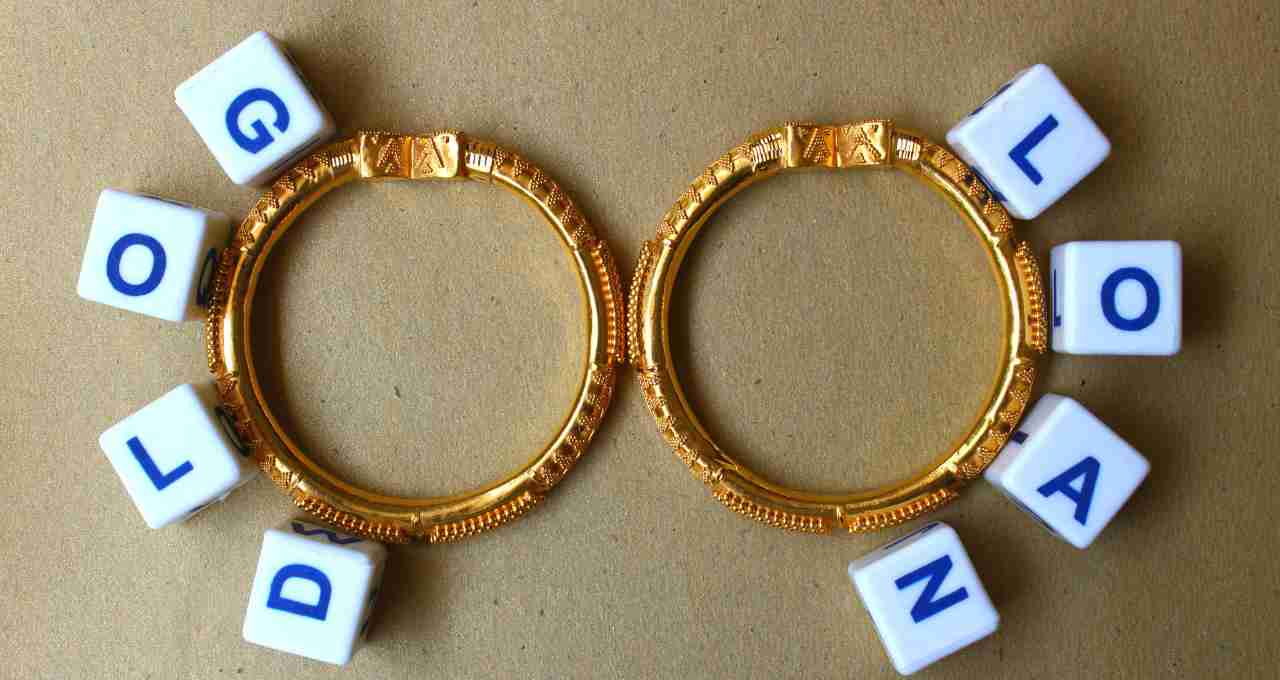The Reserve Bank of India (RBI) has announced new regulations to promote transparency and accountability in the gold loan sector. These regulations will come into effect from April 1, 2026, and will apply to banks as well as Non-Banking Financial Companies (NBFCs). The aim of these changes is to provide safe and affordable options for individuals availing gold loans, while also curbing the arbitrary practices of financial institutions.
These new rules will particularly benefit individuals from the lower and middle classes who often rely on gold loans to meet emergency needs. Let's understand the changes these regulations will bring and how they will benefit the common person.
Increased Loan Amount and Simplified Process for Gold Loans
Under the new regulations, the loan amount for gold loans has been made more attractive. Customers can now borrow up to 85% of the total value of their pledged gold, compared to the previous 75%. This means that if your gold is worth ₹300,000, you can get a loan of up to ₹255,000. This change is a significant relief for those seeking loans for emergencies like medical expenses or children's education.

Furthermore, for gold loans up to ₹250,000, income proof or credit score will no longer be required. This rule is particularly beneficial for low-income individuals or those without formal income proof. This will enable small shopkeepers, farmers, and housewives to easily obtain loans. This step is a significant initiative towards promoting financial inclusion.
Loans on Silver in Addition to Gold
The RBI has broadened the definition of gold loans. Loans can now be availed not only on gold jewelry and coins but also on silver jewelry and coins. This facility will be especially helpful for those who possess silver ornaments alongside gold. Silver ornaments will be valued transparently, similar to gold. This rule will be particularly useful for people living in smaller towns and rural areas where silver jewelry is commonly held.
However, certain limits have been set for gold and silver. An individual can pledge a maximum of 1 kilogram of gold jewelry and 50 grams of gold coins. If the jewelry contains embedded gemstones or diamonds, they will be evaluated separately, potentially increasing the loan amount. These regulations ensure that the interests of both the lender and the borrower are protected.

Lender Accountability and Transparency
The RBI has tightened the responsibility of lenders in the new regulations. Banks and NBFCs will now have to maintain transparency throughout the loan process. For example, details such as gold quality, carat, and weight must be clearly documented. If the customer repays the entire loan amount, the lender must return the pledged gold or silver within a stipulated time.
Furthermore, if the pledged gold or silver is lost or damaged, the lender will be responsible for compensation. This rule provides security to customers and encourages financial institutions to handle their processes more responsibly.















